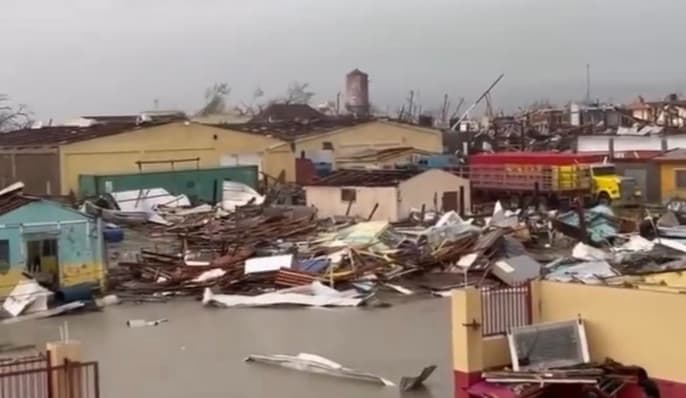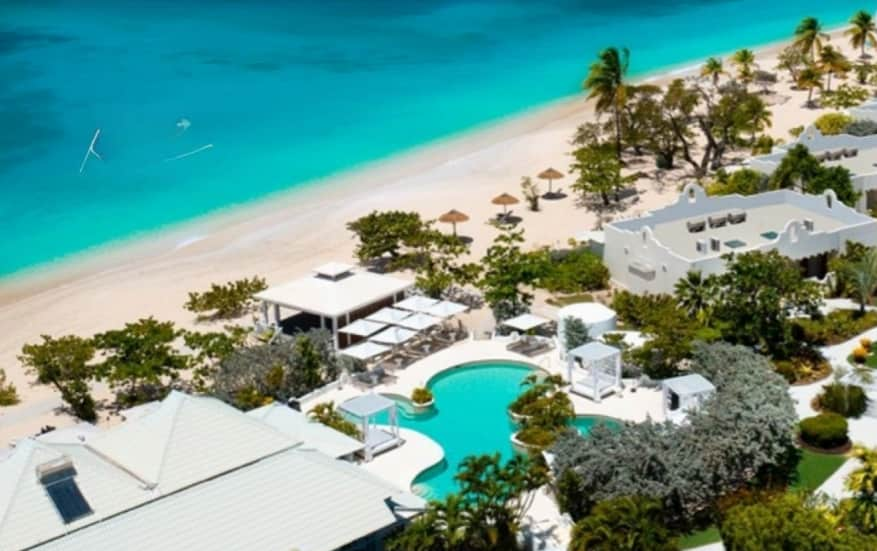‘We Will Rebuild’: PM Holness urges hope as Jamaica begins recovery After Cat-5 Hurricane Melissa
Discussing the storm's major impacts, Holness emphasized that wherever the eye of the hurricane made landfall, the effects would be devastating.

Jamaica: Following the devastating impacts of category 5 Hurricane Melissa, Prime Minister Andrew Holness, through a televised interview encouraged Jamaicans to be hopeful. He said that the country has been ravaged by the storm but ‘we will rebuild and we will do so even better than before’.
In the interview, Holness said, “Tonight I encourage Jamaicans to be hopeful. I know many, especially those in the worst affected parishes are feeling disheartened. Your homes may have been damaged or destroyed, and your communities and towns no longer look the same. I know your pain, and I feel your loss. We are mobilizing quickly to start the relief and recovery efforts and wear will be there with you every step of the way.”
Talking about the major impacts brought by the storm, Holness emphasised that it is clear that wherever the eye of the hurricane hit, there would be devastating impacts. “And the reports that we have had so far would include damage to hospitals, uh, significant damage to residential property, housing and commercial property as well, and damage to our road infrastructure,” he added.
He further assured that his administration has mounted a very credible and strong preparation and recovery strategy that will help them to ensure that the citizens who may now be facing hardship, they can have confidence that the government will be able to reach them immediately after the storm is passed.
PM Holness also said that in the eastern end of the end, they will be starting the recovery process immediately and from tomorrow onwards, they should be able to restore electricity telecommunications in the southern end of the island.
Jamaica is experiencing devastating impacts as Melissa made landfall on Tuesday afternoon near the parish of St Elizabeth with sustained winds of around 185 mph (295 km/h) and a central pressure of about 892 mb, according to the Washington Post. This made it the strongest hurricane which was ever recorded to strike Jamaica since records began in 1851 and also one of the most powerful in Atlantic.
Black River Anglican Church is destroyed after standing since the 1700s. Officials said that four main hospitals were also damaged but no reports of injuries were relayed by emergency managers. Rescue crews were working to get to families trapped in Black River.
The storm brought a massive surge of flooding, wind damage, widespread power and communication outages, and significant infrastructure closures. Over 530,000 people that is more than 70% of customers are currently without electricity across the island. Storm surges of up to 13 feet (4 meters) and rainfall totals nearing 700 mm (27 inches) have been recorded along the southern coast, raising fears of extensive flooding and landslides.
Prime Minister Andrew Holness stated, “There is no infrastructure in the region that can withstand a Category 5. The question now is the speed of recovery. That’s the challenge.” Deputy Chairman of Jamaica’s Disaster Risk Management Council, Desmond McKenzie, described the situation in the southwest as “extensive,” saying, “The south-western parish of St. Elizabeth is under water.” The International Federation of Red Cross and Red Crescent Societies warned that “roofs will be tested, floodwater will rise, and isolation will become a harsh reality for many.”
Black River, located on the island’s southwest side, has been among the hardest-hit areas, with reports of widespread flooding, structural damage, and power outages. Eastern Jamaica experienced flooding from rain that moved vehicles but was less impacted.
Author Profile
Stay updated with WIC News' coverage of all the major happenings and updates on the developing weather systems across Caribbean including Hurricanes, Tropical Storms or Cyclones.
Latest
- PM Kamla Persad defends US Radar at Tobago Airport amid $171...
-
Antigua and Barbuda: Woman injured in vehicle crash on All S... -
Guyana: Timehri residents face prolonged water supply challe... -
Jamaica: Assault case against police officers dropped after... -
Trinidad: South Oropouche woman dies after allegedly ingesti...








